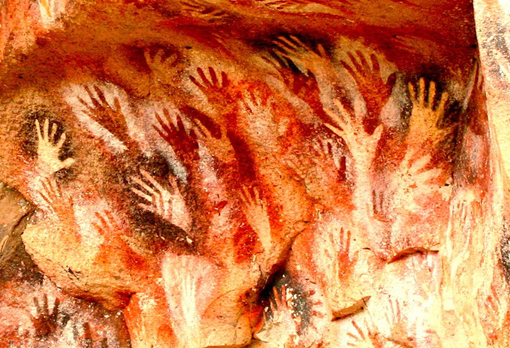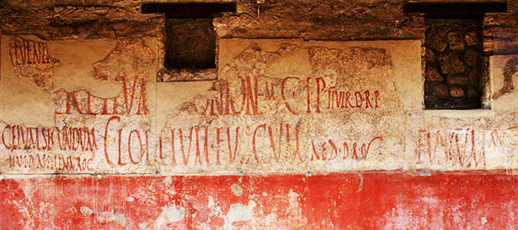Archives
September 2014 S M T W T F S 1 2 3 4 5 6 7 8 9 10 11 12 13 14 15 16 17 18 19 20 21 22 23 24 25 26 27 28 29 30 -
Posts
- The Sound of Peace January 1, 2017
- OH CANADA … forgive me June 30, 2015
- The Kingston Juried Art Salon 2015 May 31, 2015
- Old Dreams March 31, 2015
- Señor H.D … a love story, a tale of a muse March 20, 2015
- THE BURNING OF BRAZIL March 15, 2015
- The Poetry Game March 12, 2015
- RUMINATIONS OF THE HEART — on Valentine’s Day February 14, 2015
- Art and Controversy – notes on a love affair and taking a moment … January 31, 2015
- HAPPY NEW YEAR! December 31, 2014
- (no title) October 31, 2014
- Writings on the Wall – capturing a moment, leaving a mark September 30, 2014
- Canadian Anti Spam Law – myths and realities July 31, 2014
- O CANADA! July 1, 2014
- How Did You Get Here Anyway? – exploring life’s paths June 30, 2014
- From Vermeer to Balthus – exploring the work of others May 31, 2014
- The Judgment: are you good or bad? April 30, 2014
- A Final Word on Weather – the misery index March 17, 2014
- Snow Cakes, hygge and other weather ponderings February 28, 2014
- She Set a Cake Upon Her Head … February 14, 2014
- AULD LANG SYNE – a toast to Anne January 31, 2014
Topics
Writings on the Wall – capturing a moment, leaving a mark
“I was here but now I’m gone
“To the one defecating here. Beware of the curse. If you look down on this curse, may you have an angry Jupiter for an enemy.”
This entry was posted in Uncategorized. Bookmark the permalink.






The empty heart is so much fuller being left empty….for us all to fill with what we will